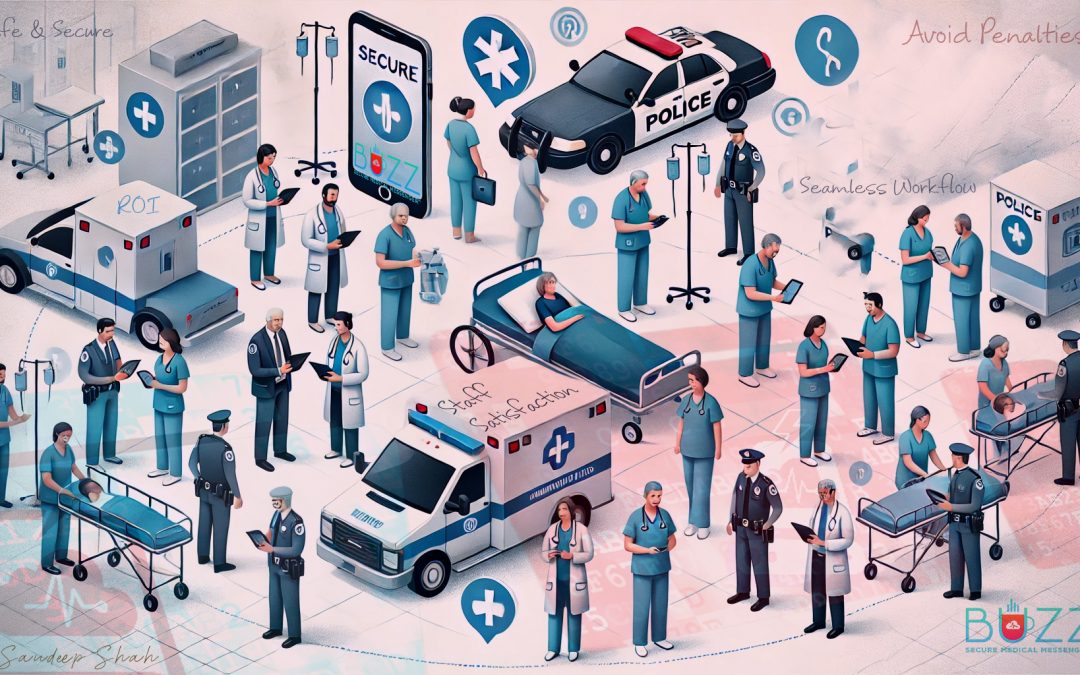Poor or inefficient communication within any industry is bad for business. But, when communication errors occur in the healthcare industry, they can result in misdiagnosis, medical mistakes, unnecessary complications, and even death. To solve these issues, healthcare communication solutions have become an increasingly popular way to streamline clinical discussions. Still, having too many different dashboards or platforms to work off of can lead to confusion, burnout, and, eventually, abandonment of the systems altogether. That’s why an all-in-one software and management system is the best way to simplify your communications technology. Here, we’ll review how one software can benefit both patients and providers.
How the Right Healthcare Communication Solutions Can Improve Efficiency While Staying Compliant
According to previous studies, communication failures within US hospitals and medical practices were responsible in part for 30% of malpractice claims, resulting in 1,744 deaths and $1.7 in malpractice costs over five years. So, how can you reduce the risk of communication errors within your team and the healthcare industry? You need to utilize the right communication platforms. Instead of finding different options for different uses, an all-in-one solution has several advantages.
Use Healthcare Communication Solutions to Enhance Patient Data Security
HIPAA compliance requires any facility or business that works with protected health information (PHI) to adhere to the rules and regulations of the Health Insurance Portability and Accountability Act of 1996. This means taking extensive measures to protect patient privacy and secure protected health information. This includes information from demographics and phone numbers to genetic information, fingerprints, facial images, and more.
Although compliance with HIPAA is crucial for healthcare providers, health plans, home care agencies, facilities, and more, not all communication platforms are secure. What you have on your phone or tablet right now might easily be accessed by a hacker—if it’s not properly protected.
Texts, emails, and voice notes sent between staff and patients require security measures like end-to-end encryption and firewalls. The right healthcare communication solution should act as a security solution that protects PHI.
Ensure Secure Multimedia Messaging Between Healthcare Staff
Although cell phones and tablets are often seen in healthcare workers’ hands, around 80% of hospitals still use pagers. While they can be beneficial in some situations, it’s 2024, and pagers might not be the best way to respond to an emergency. They lack the ability to share information other than a simple alert that someone is needed. The replacement? A comprehensive patient communication solution that offers secure multimedia with customizable workflows.
Being able to effortlessly share analytics that support patient care as quickly as possible can improve patient outcomes, productivity among healthcare leaders, and staff efficiency. Instead of a pager, these types of solutions give doctors and nurses all the information they need to review an emergency rather than waste time getting caught up when they arrive on the scene.
Enhance Collaboration and Communication Throughout Healthcare Facilities
Many traditional communication issues occur when a patient transitions from one healthcare professional to another. Communication errors can affect overall patient health and experience, mainly when they result in wrong treatments, medications, or test delays. One study found that 80% of serious medical errors were caused by miscommunication between caregivers. Effective communication across different departments and teams is essential for comprehensive patient care.
So, how can you ensure that the patient experience remains high regardless of who is currently on the schedule?
An all-in-one patient communication software that integrates video calls, text messages, document sharing, and multimedia messages to communicate about and store patients’ PHI. This helps keep everyone on the same page every second of every day. It also allows for confirmation from support staff in case of any doubts or clarifications of the patient’s information. Integrating patient files, messaging, and consent forms can make collaboration across individuals and departments far more efficient.
Integration with Existing Communication Channels
Having one unified communication platform allows for seamless coordination across authorized personnel. With the right tools, you can integrate existing communication channels into the software to meet privacy and security regulations without completely throwing out what your team is used to. Some people may prefer to text, while others rely heavily on calls. One solution won’t restrict your team’s current preferences.
A tremendous all-in-one healthcare communication software should include real-time messaging, telehealth options for patient access, phone call capabilities, collaborative features, document sharing, automation capabilities, clinical knowledge, and more. This provides your team with cost-effective tools in one easily accessible place, reducing response times and improving patient health outcomes.
Improve Patient Engagement and Communication
A good patient communication solution will also enhance overall engagement and communication between doctors and patients. This can help patients stay proactive in their care. Whether you need an initial consultation using telehealth video calls or alerts for upcoming appointments, communication software can help.
Patients who are more engaged in their care tend to understand their diagnosis more thoroughly. This helps with patient expectations and better adherence to treatment plans. Over time, chronic conditions can be managed more effectively, potential complications are recognized earlier, and patients understand when to see their doctors.
Involvement in care can also reduce uncertainty and anxiety about health conditions and treatments. When patients understand their health status and have a clear plan, they experience less stress and greater peace of mind. Therefore, this type of patient engagement can improve overall satisfaction, boosting trust and collaboration with their healthcare team. Plus, e-signatures and easily accessible clinical information means they won’t need to waste time commuting to the hospital, clinic, or medical facility.
Automated Patient Communication Software That Sends Reminders and Announcements
Automation in patient communication is a game-changer for healthcare providers. It ensures that essential reminders and announcements are sent to patients promptly, reducing the burden on administrative staff and improving patient adherence to treatment plans.
Automated systems can send reminders for upcoming appointments, medication refills, and essential health check-ups. This not only improves patient compliance but also reduces no-show rates and enhances the overall efficiency of healthcare delivery. By keeping patients informed and engaged, healthcare providers can expect better health outcomes and higher patient satisfaction.
Fully Customize the Needs of your Care Team with Healthcare Communication Software
Each type of healthcare organization requires different communication methods. With a customizable system, you can optimize your team’s time, whether onsite or in the field.
For example, with electronic visit verification (EVV) technology built into your patient communication solutions, you can verify caregiver location with geolocation tracking to ensure compliance. You can also ensure that all of your electronic health records (EHR) are up to date in the contact center so individuals can access them in an efficient and reliable manner.
With the ability to create a system tailored to your needs and your team, you’ll reduce unnecessary clutter while retaining all of the most important aspects of solid communication and administrative controls.
Simplify Your Healthcare Communication Software with Buzz
Inefficient communication isn’t only frustrating, but it can also be deadly in the healthcare industry. According to the HIPAA Journal, one study identified a case where a nurse failed to explain to a surgeon that the patient was experiencing abdominal pains and low red blood cell count after surgery. The patient later died from hemorrhaging, as these symptoms were a clear sign of internal bleeding.
Speaking about poor communication isn’t meant to be scary, but raising awareness about the potential consequences is necessary. To make sure healthcare professionals on your team are doing what they can to maximize communication, you need reliable, all-in-one software in place.
Buzz is a HIPAA-secure platform that simplifies real-time, on-the-go communications between healthcare providers and patients. It supports commonly used communication modalities between healthcare professionals, including texts, dictation, private calls, audio, images, reports, and video sharing. By consolidating these features into a single platform, Buzz eliminates the need for multiple communication tools, reducing confusion and burnout and enabling healthcare teams to focus on delivering exceptional patient care.
Buzz helps organizations boost revenue, increase patient volume, and reduce costs and frustration with the most transformative, all-in-one, real-time communication application in healthcare. Learn more about Buzz features or schedule a demo to see why Buzz is the most feature-rich, easiest to adopt, and easy on your budget, with pricing equal to a cup of coffee!

